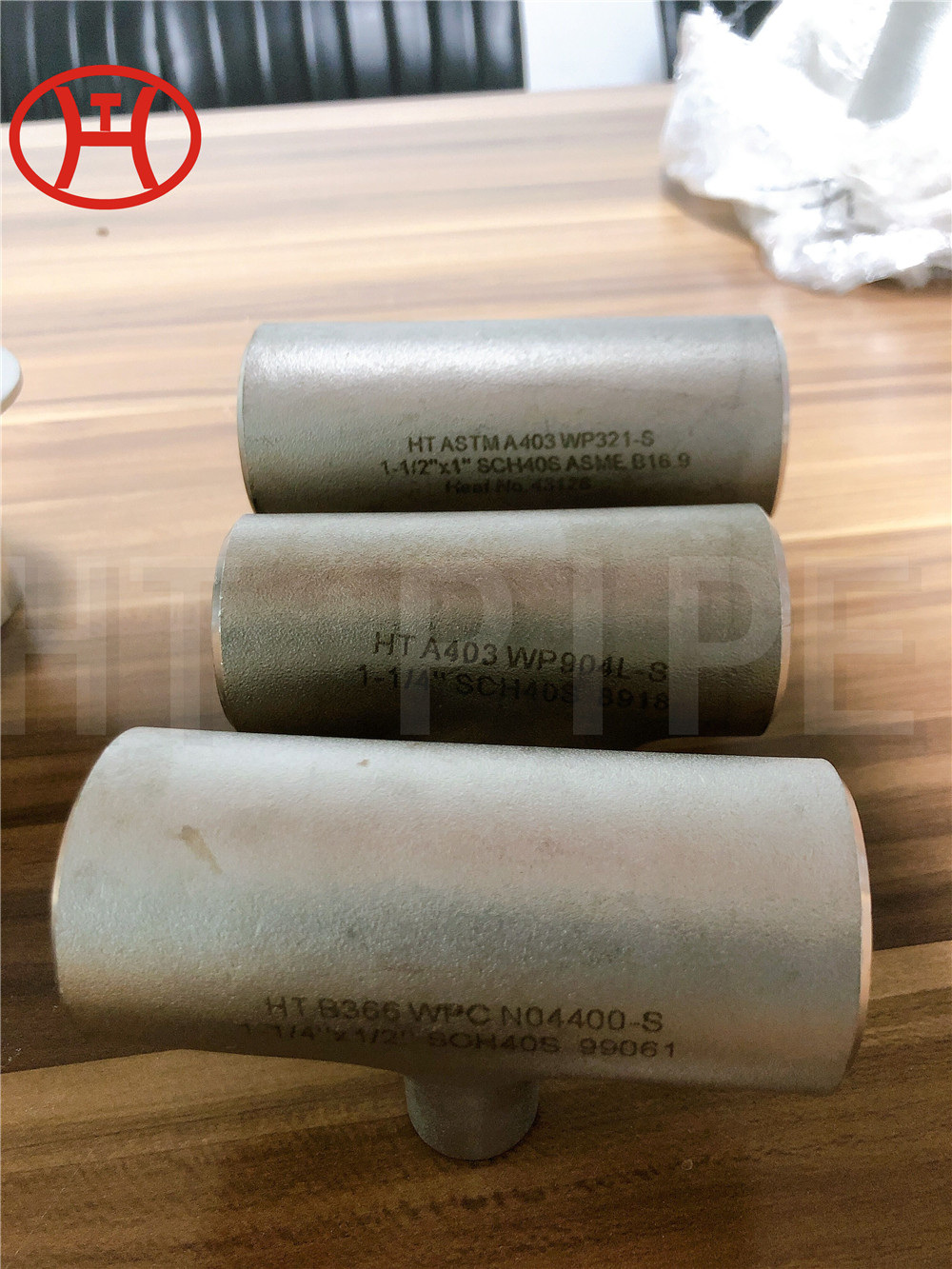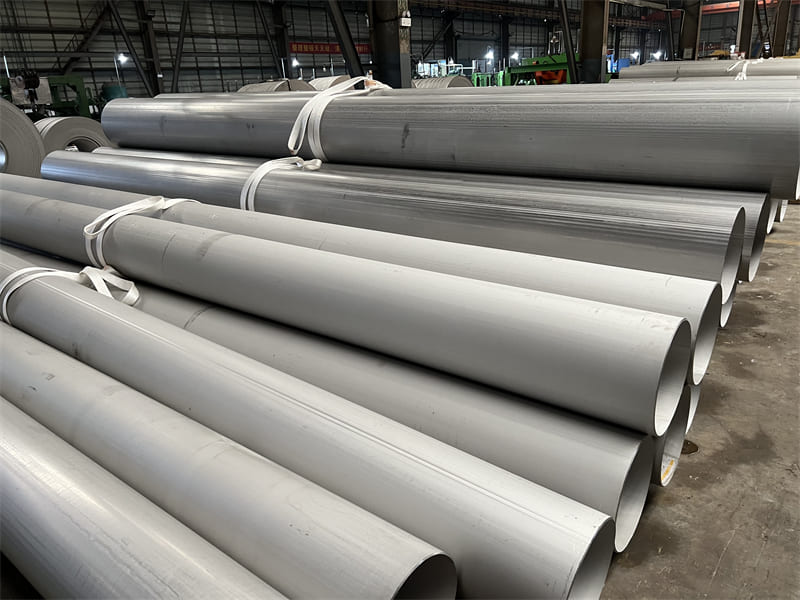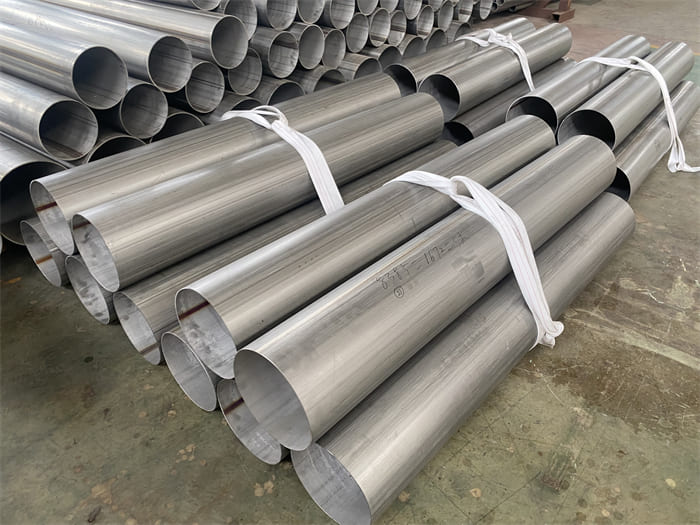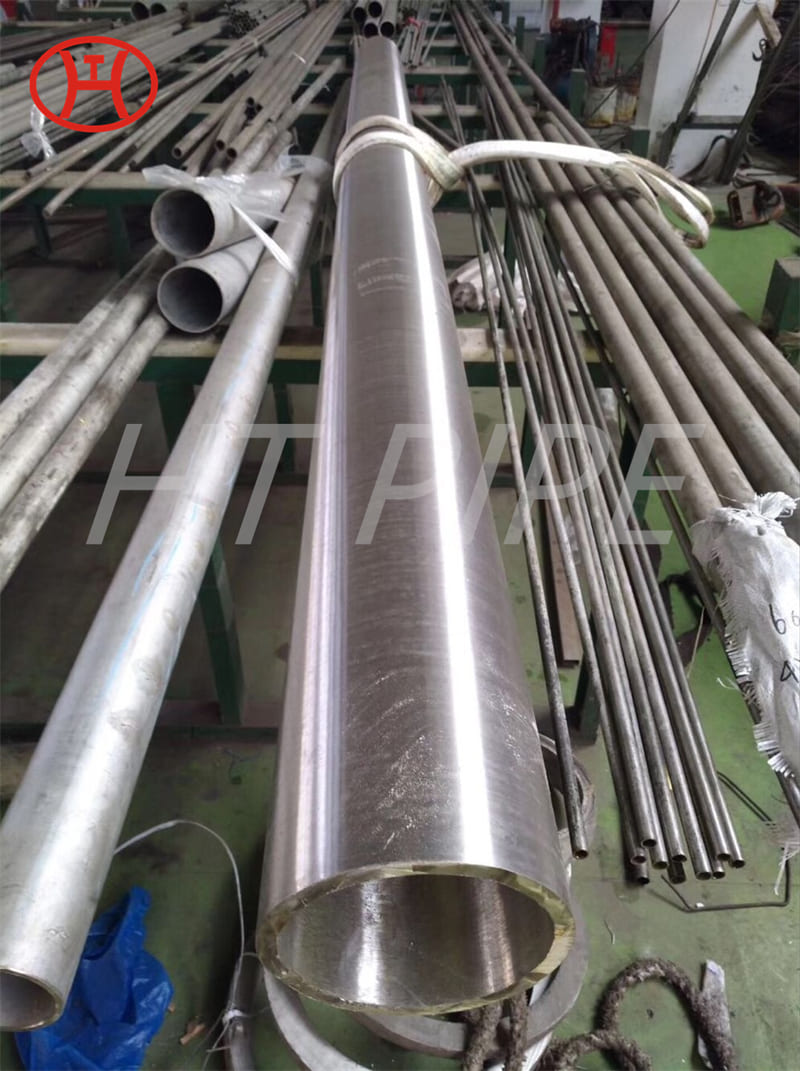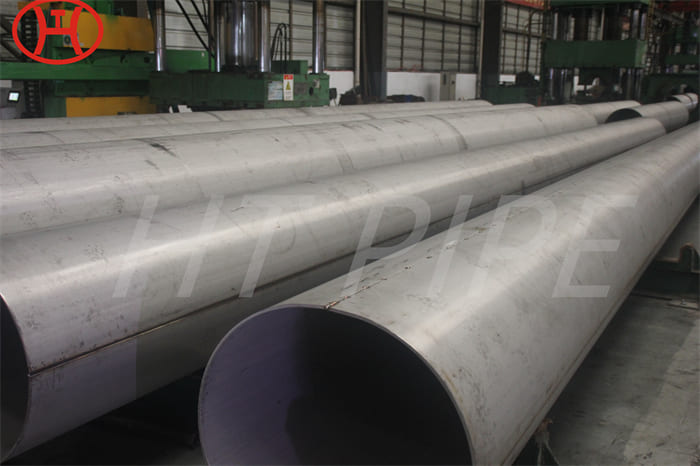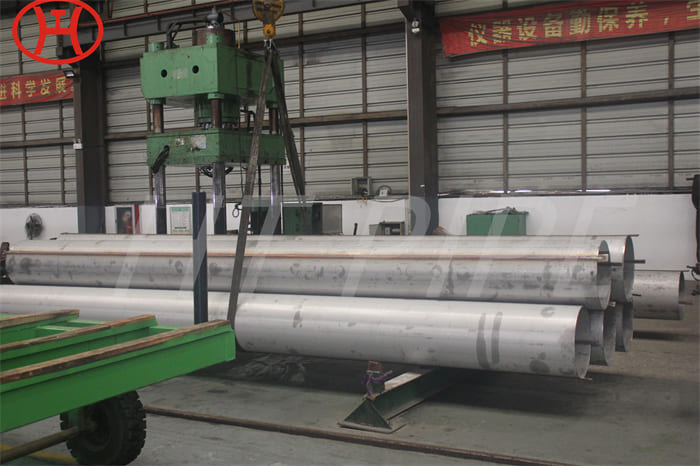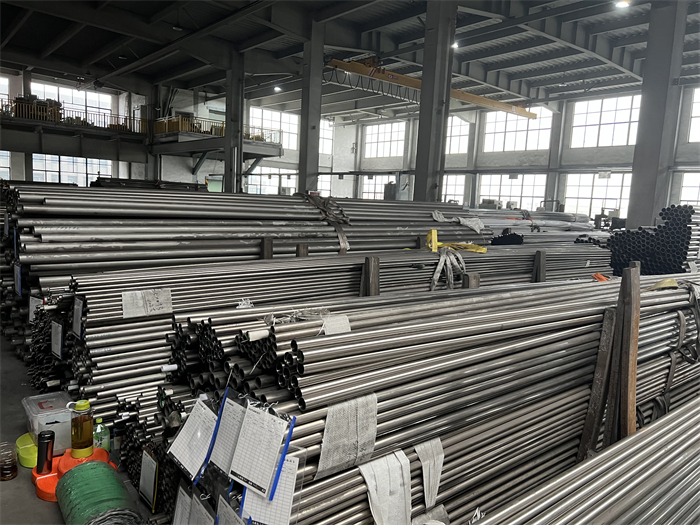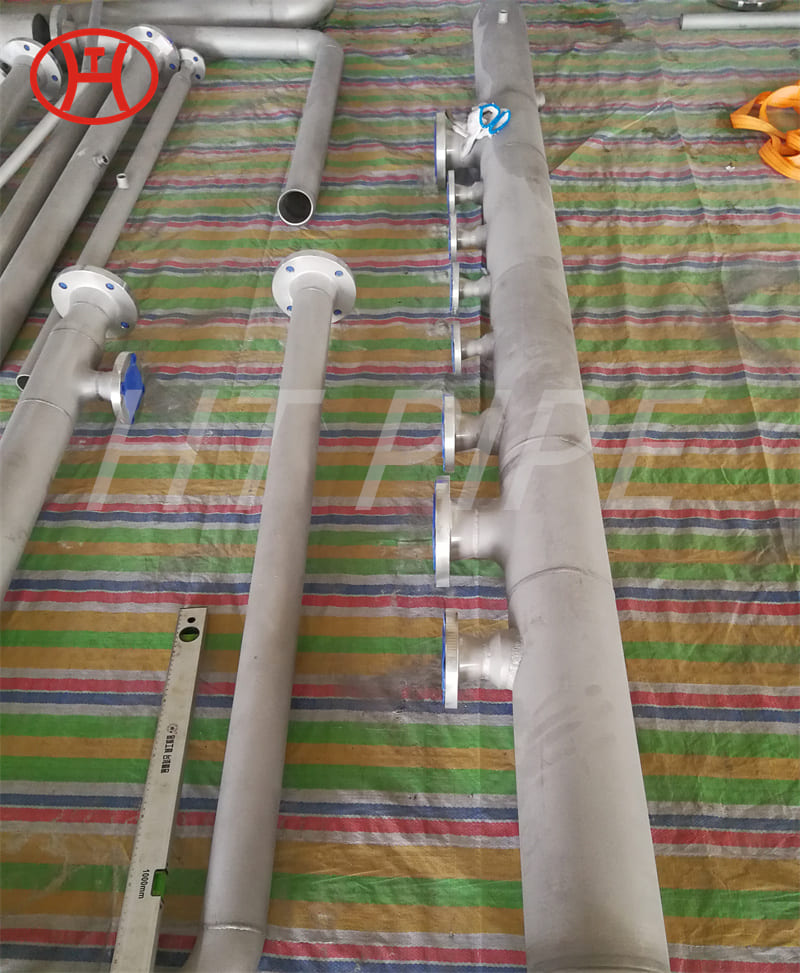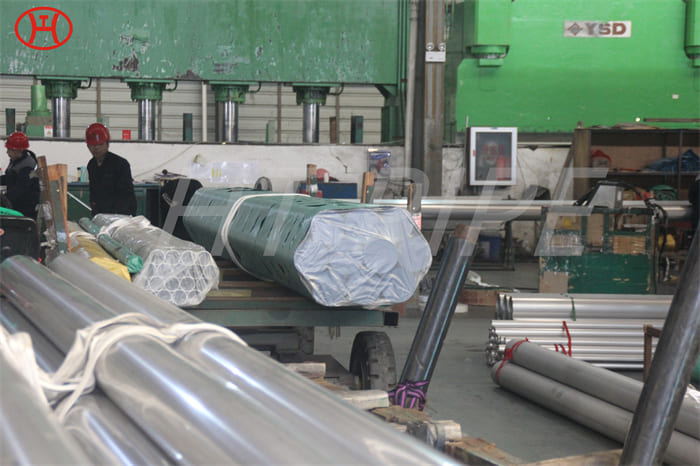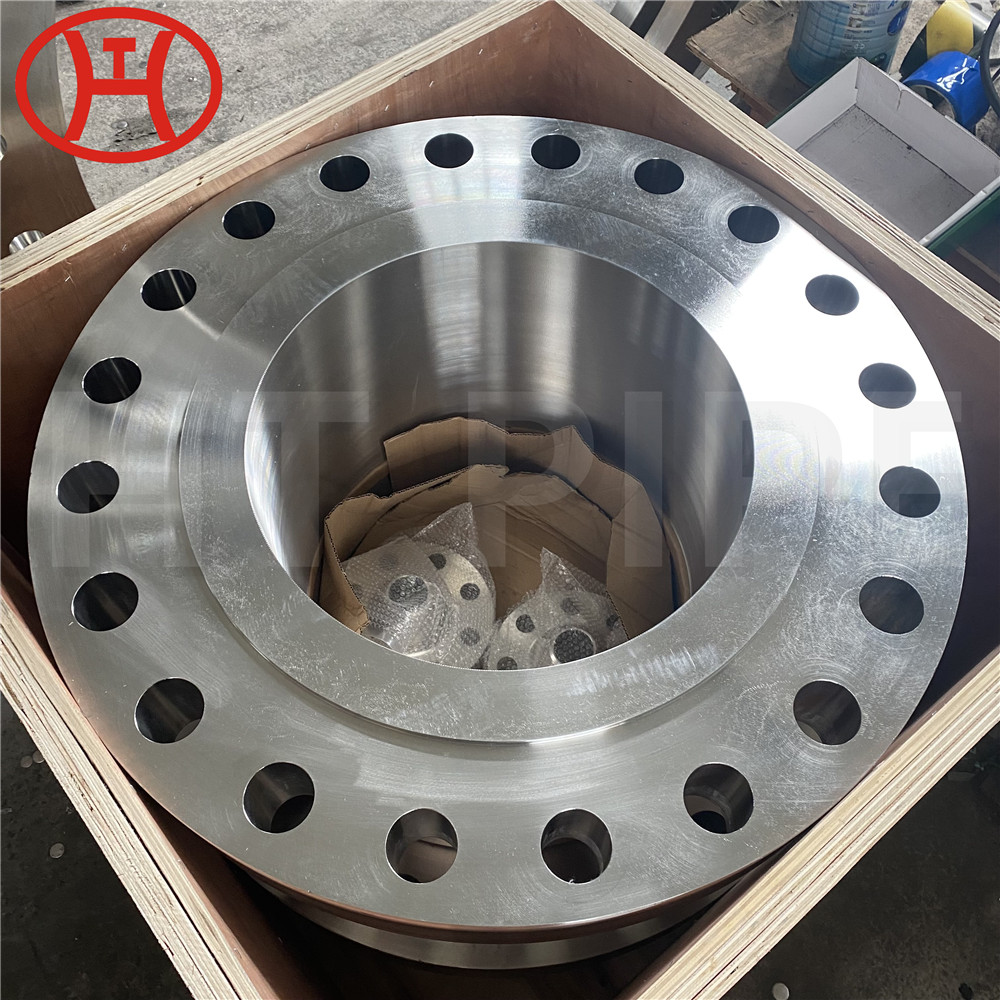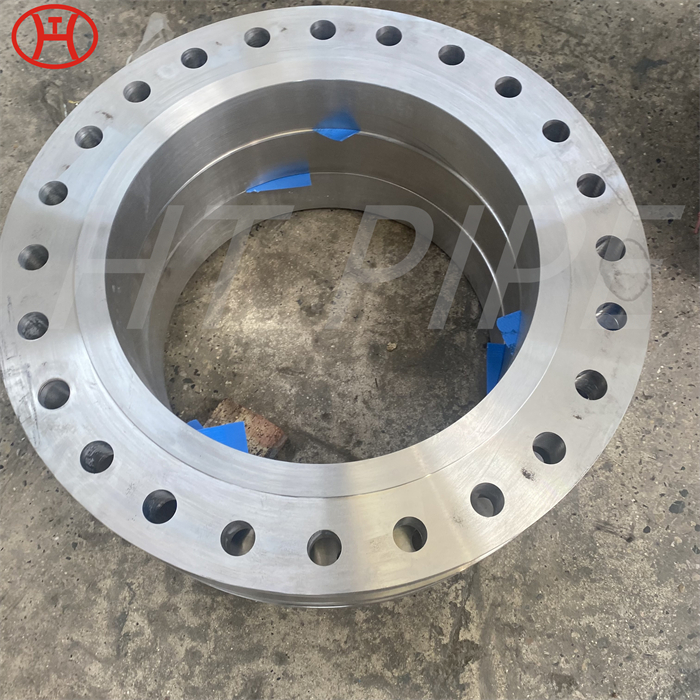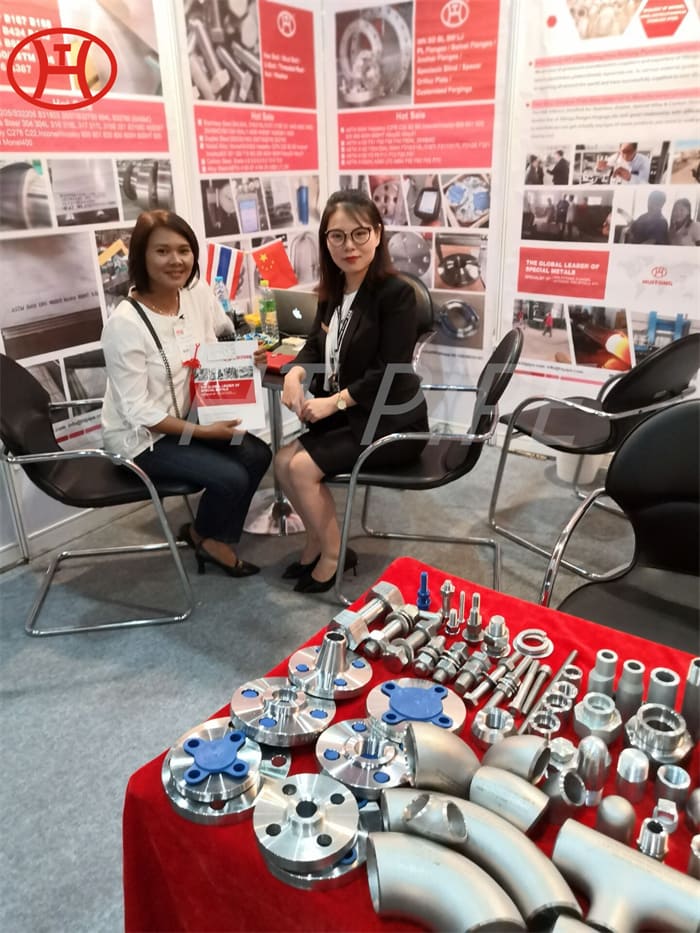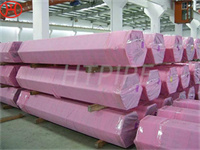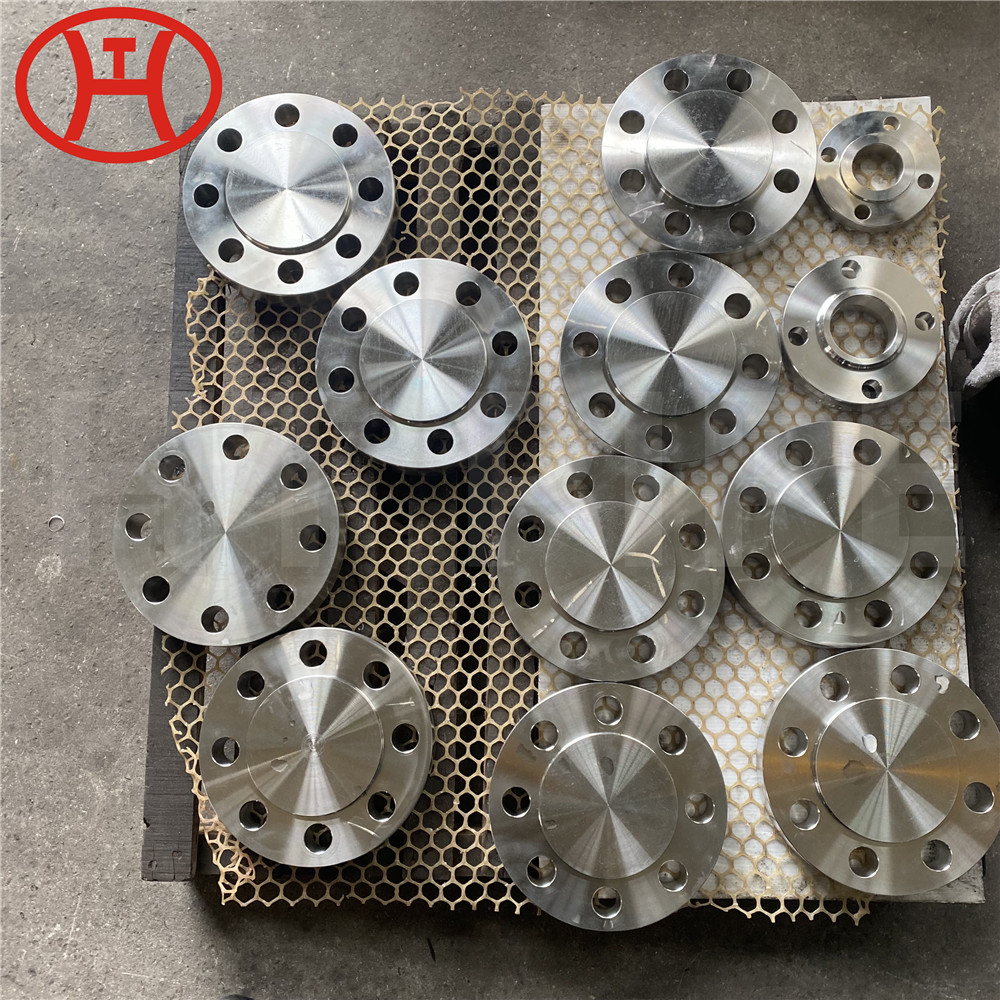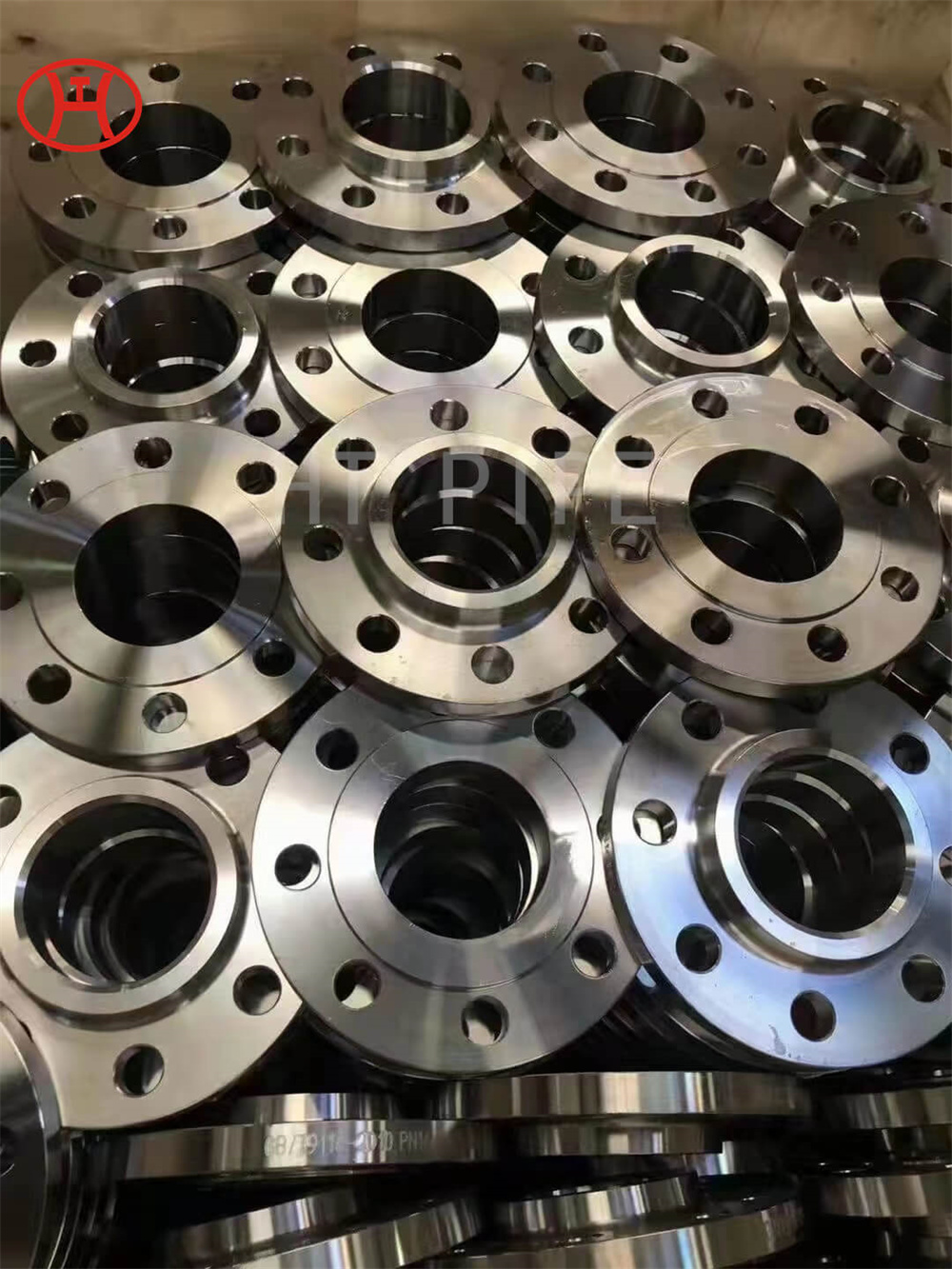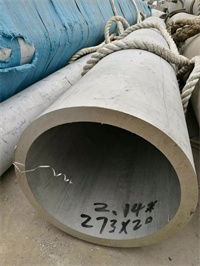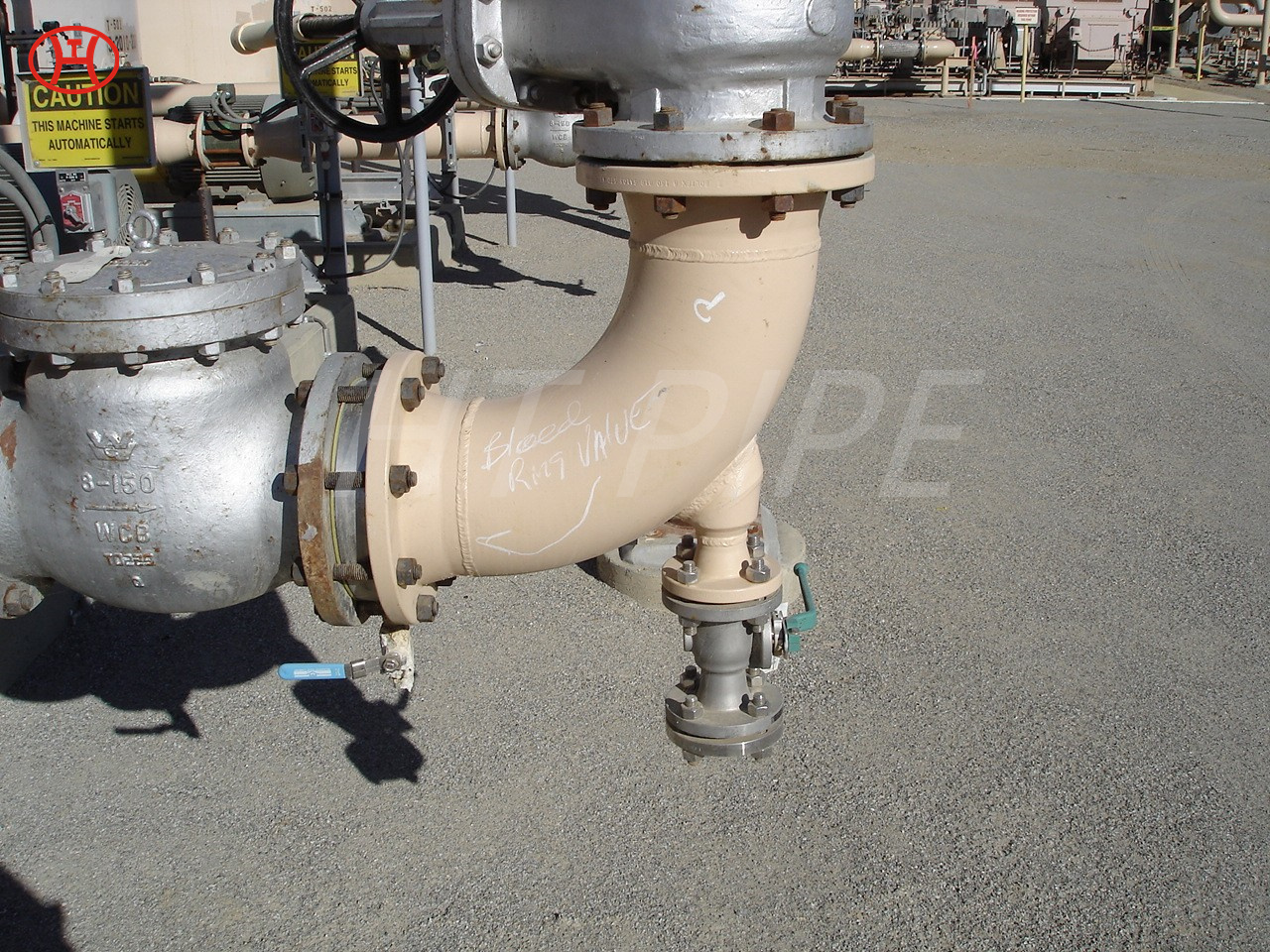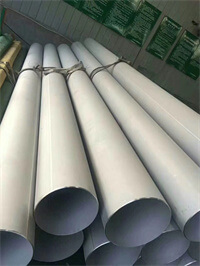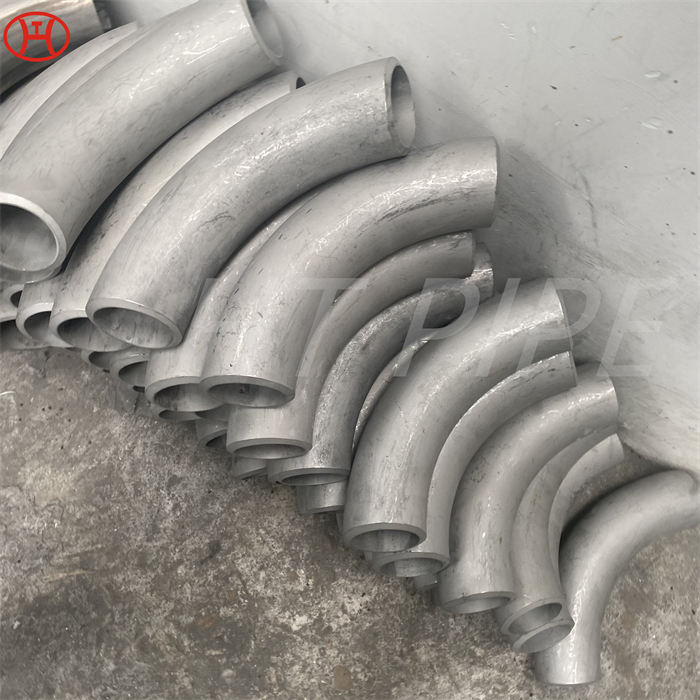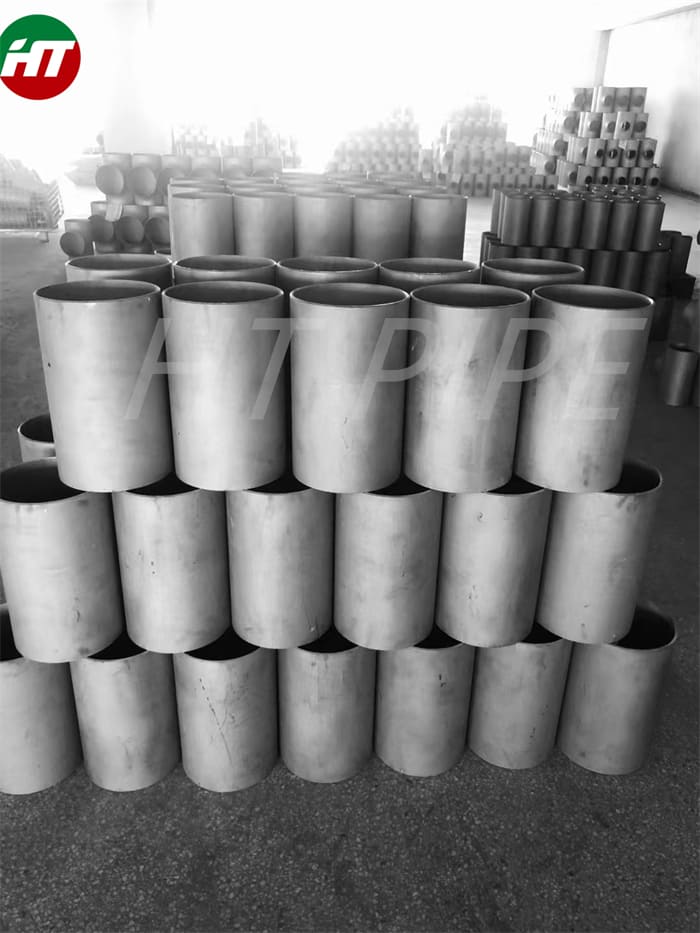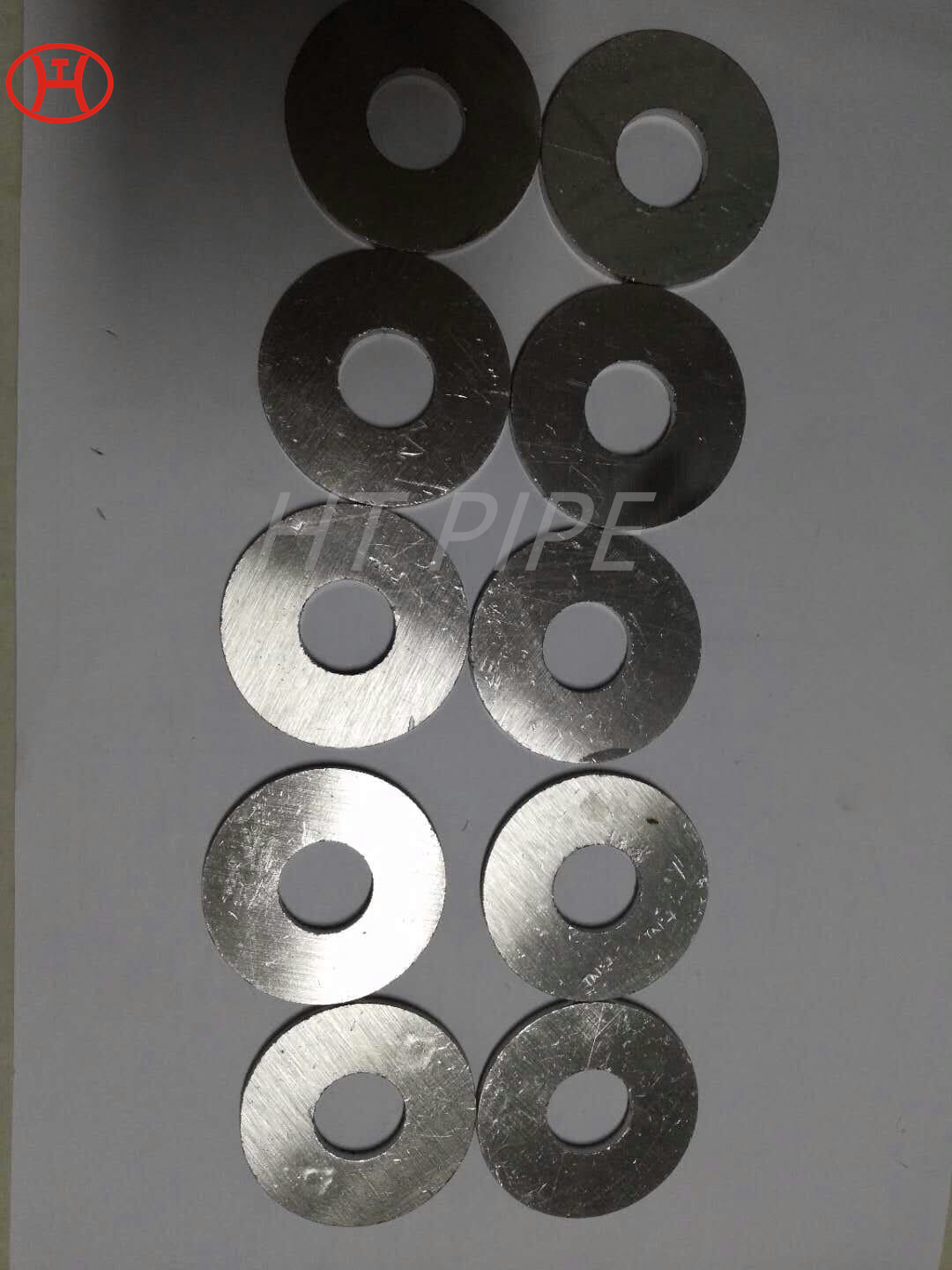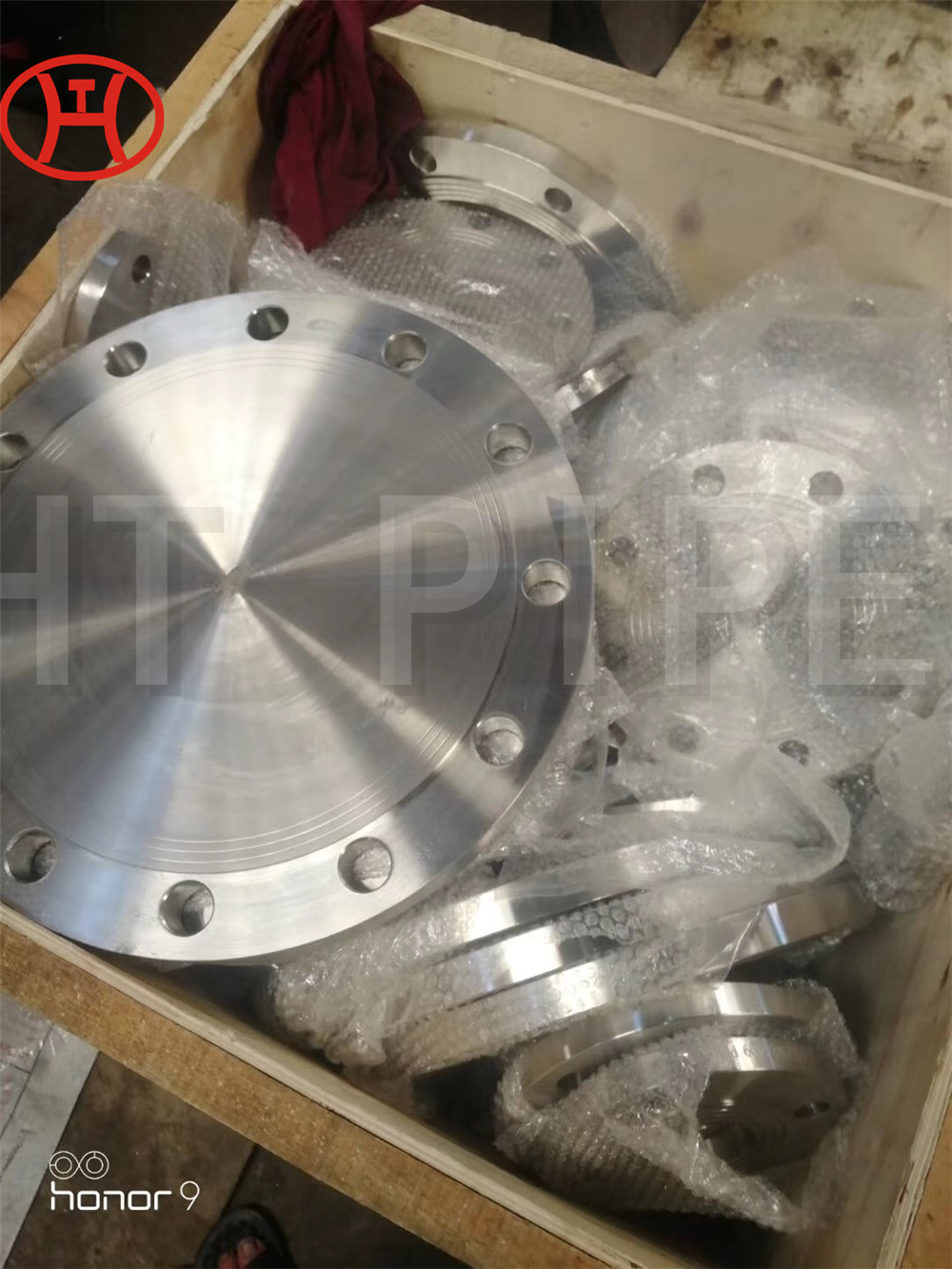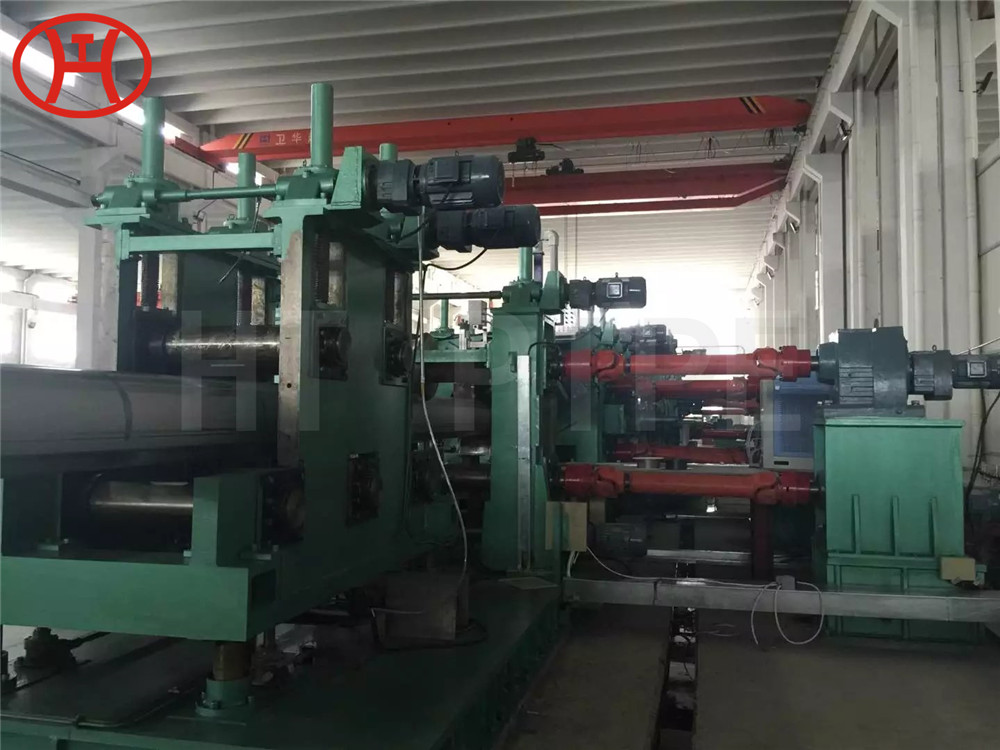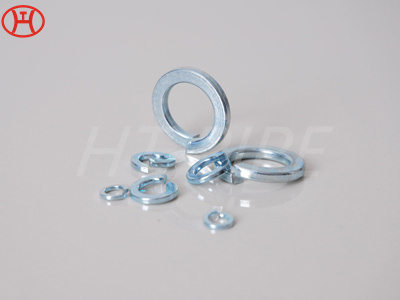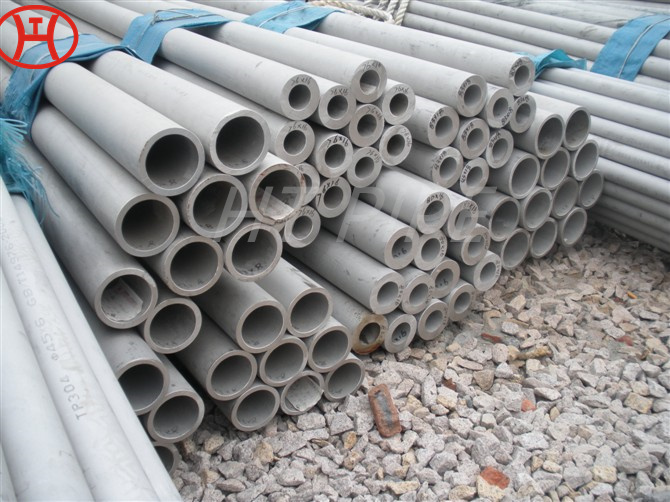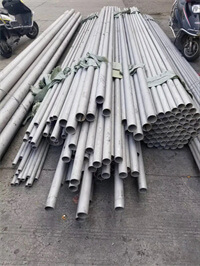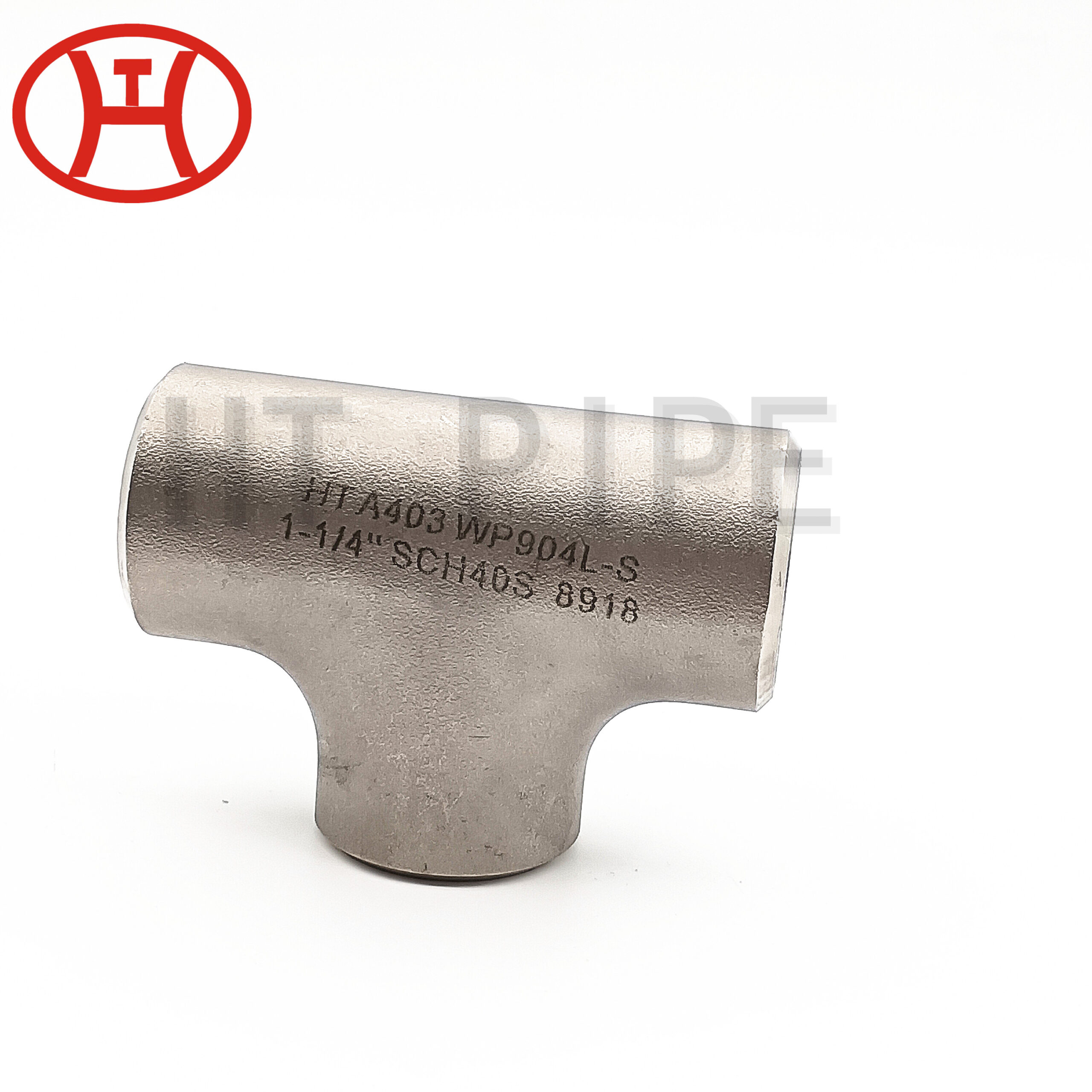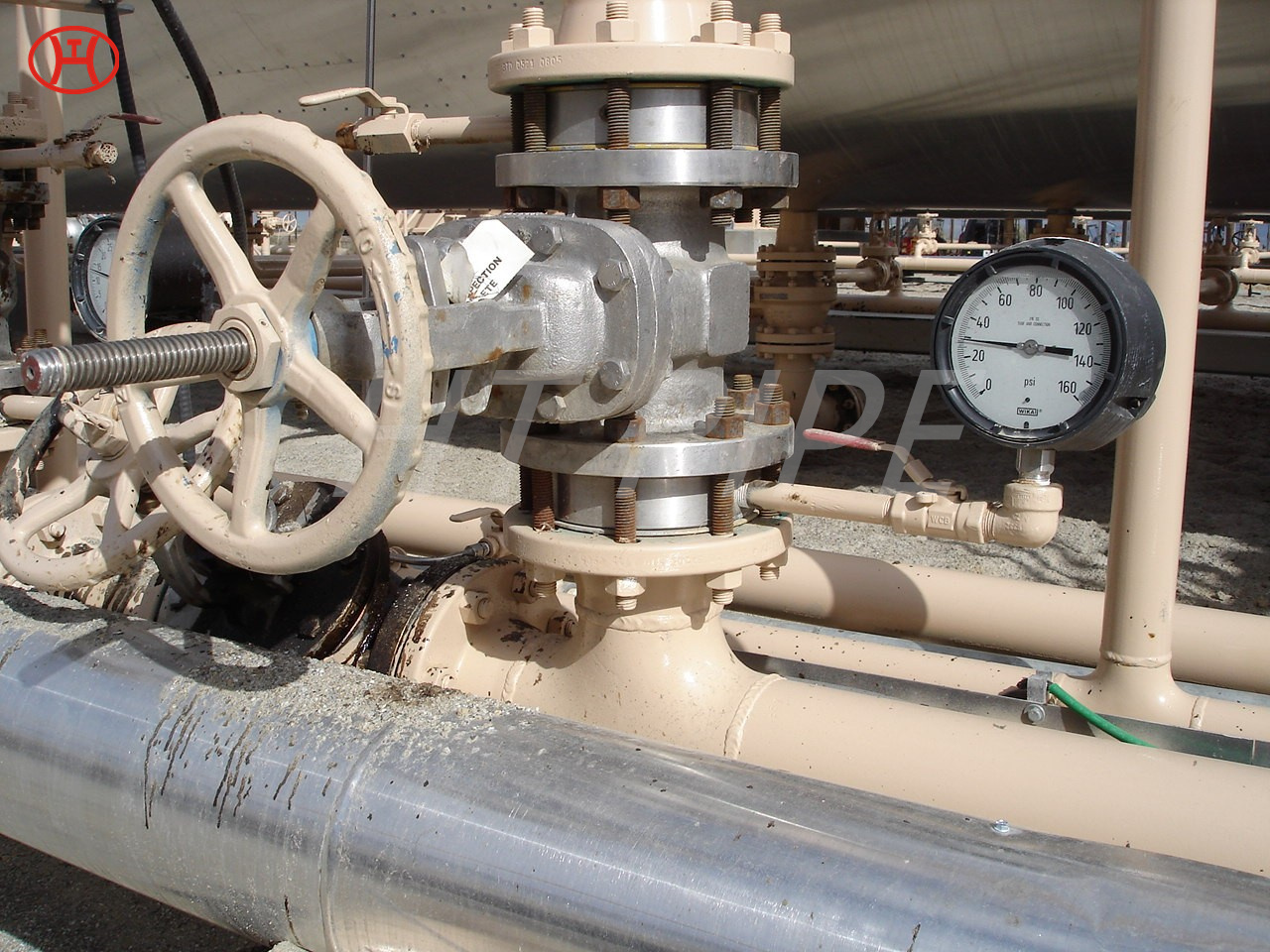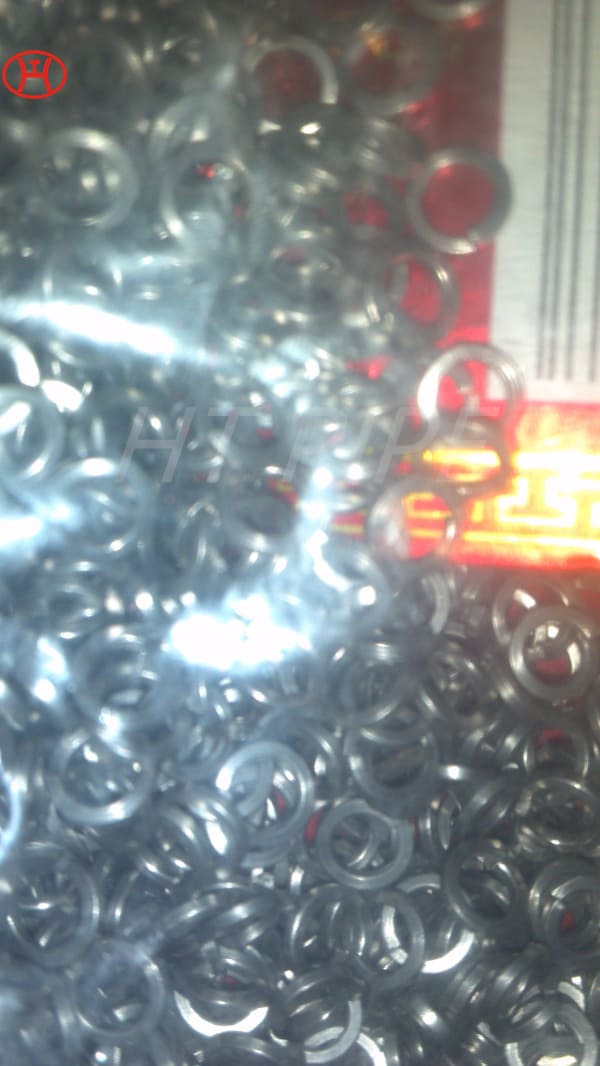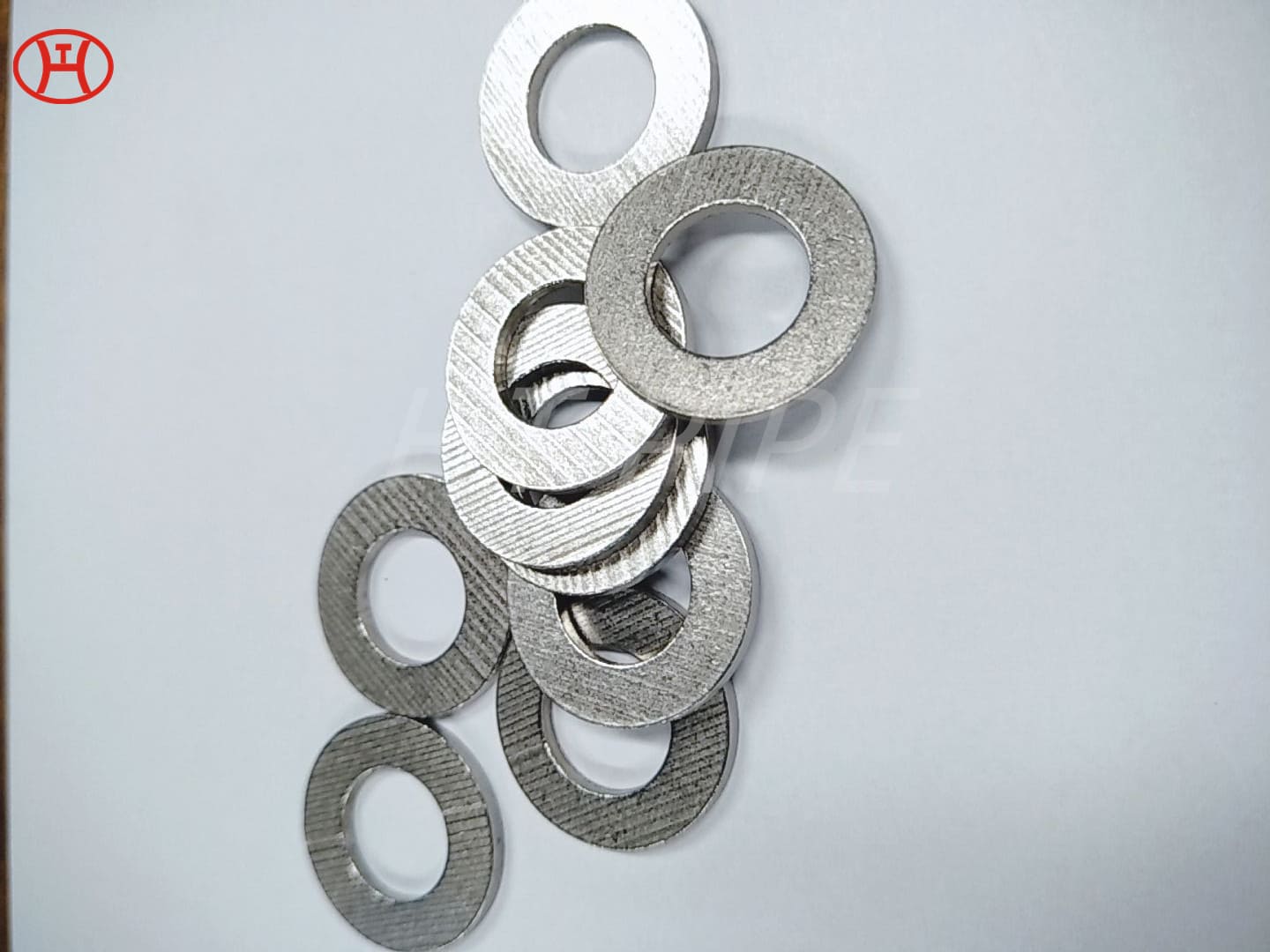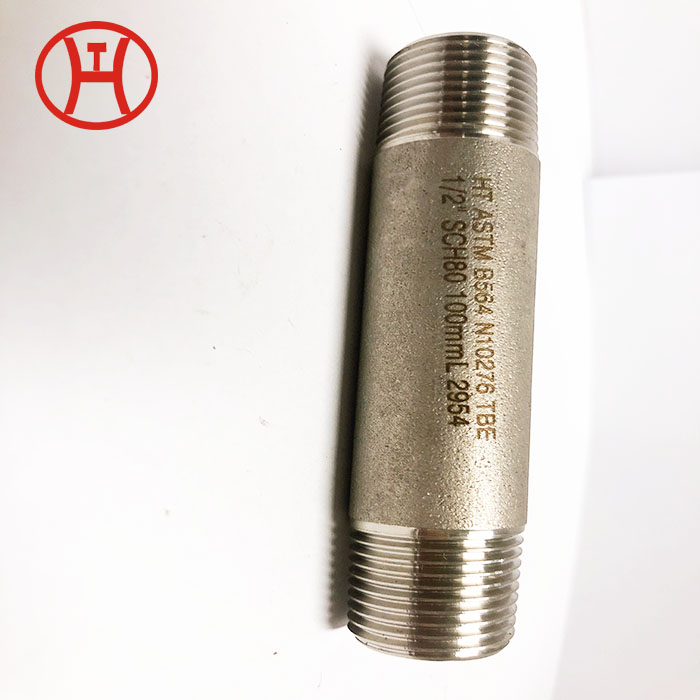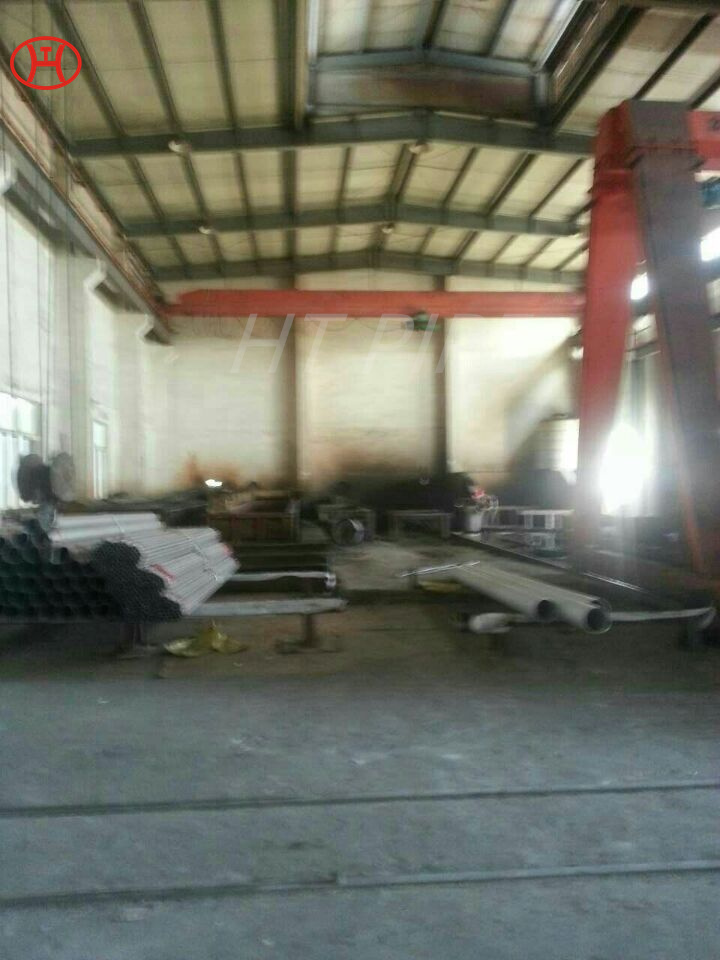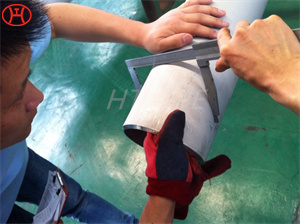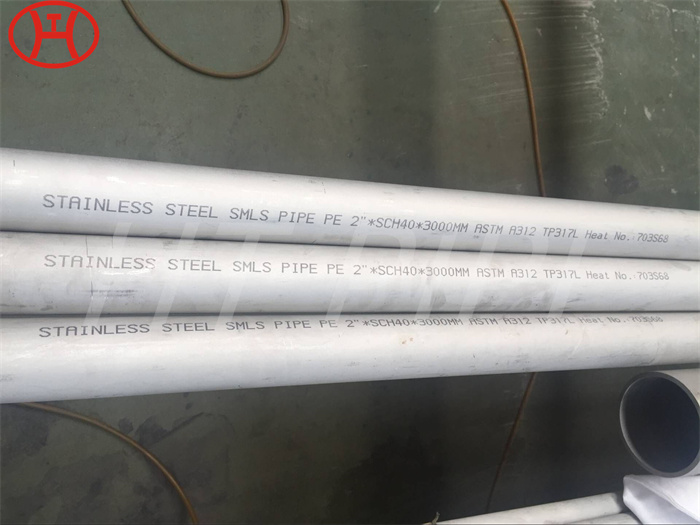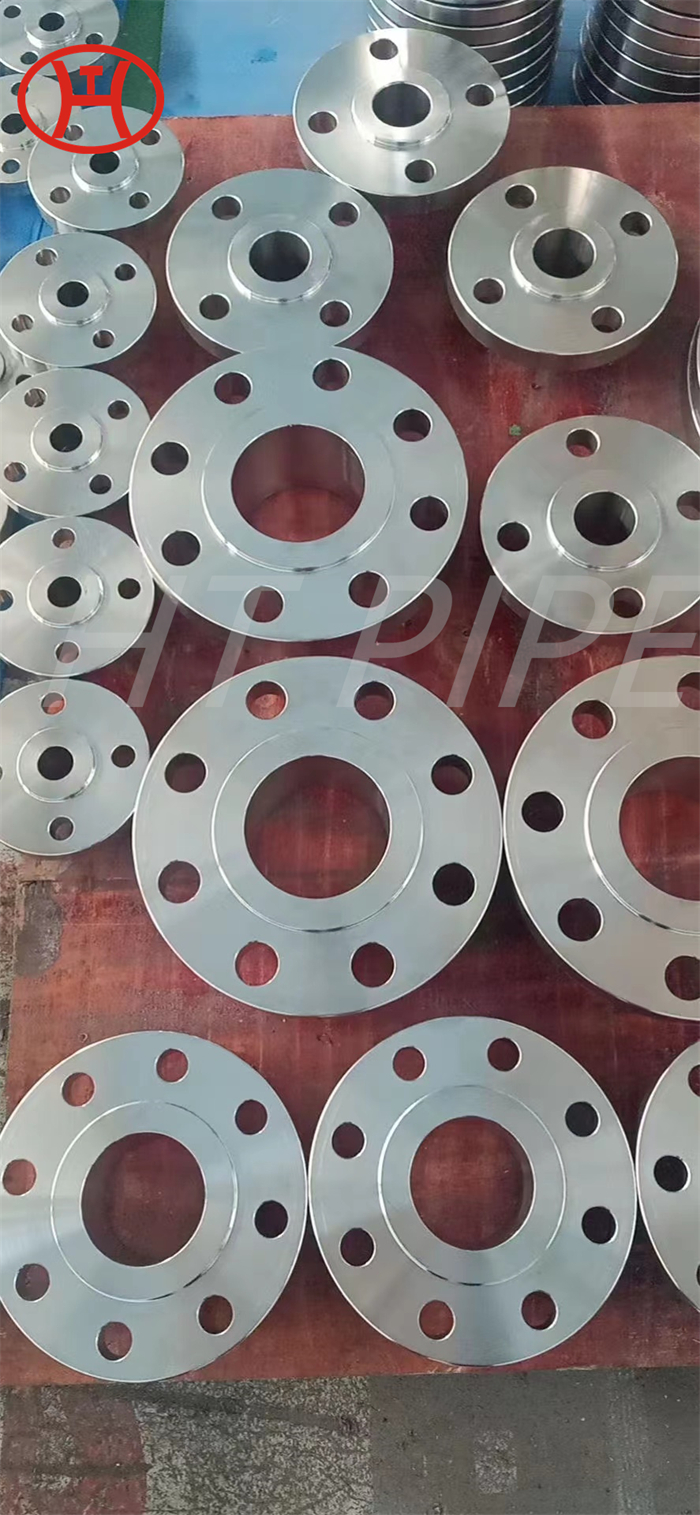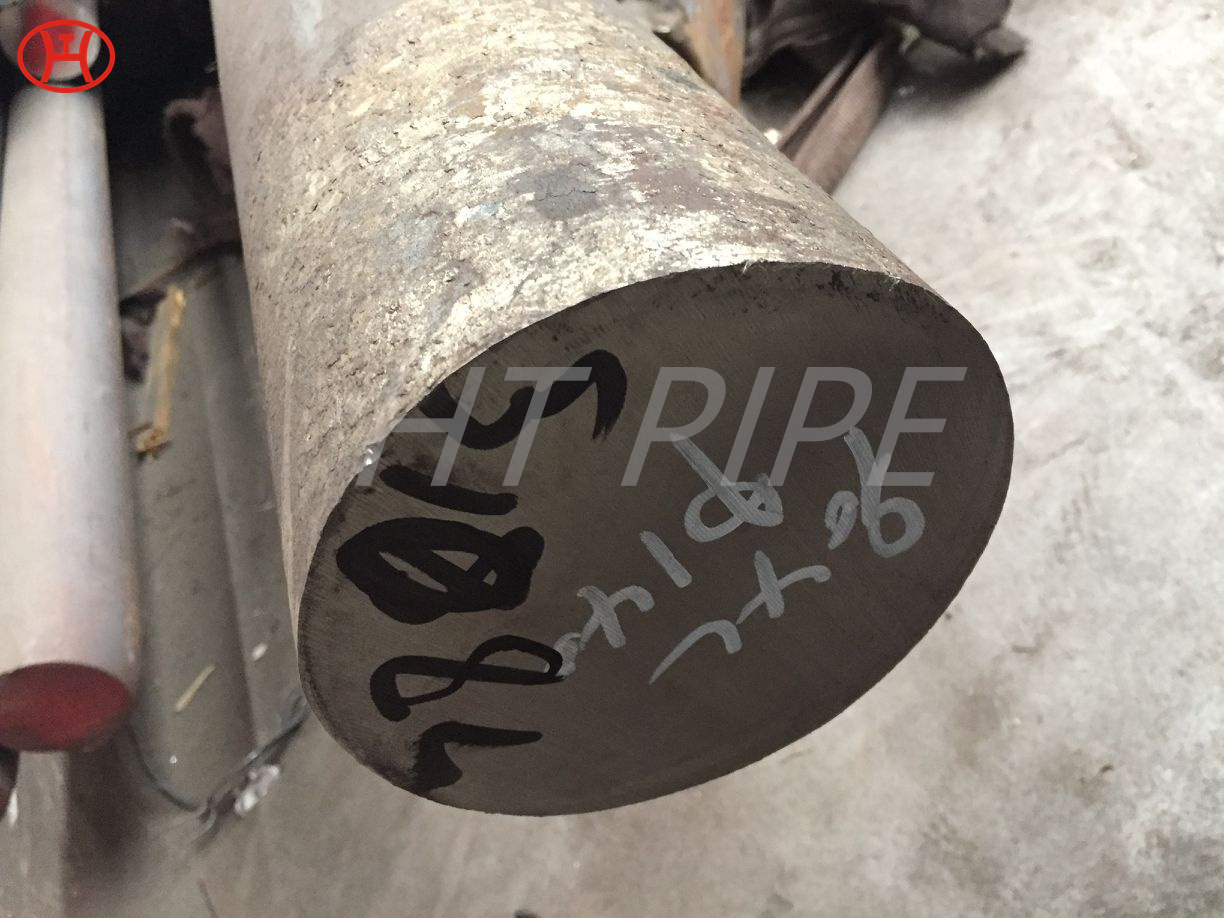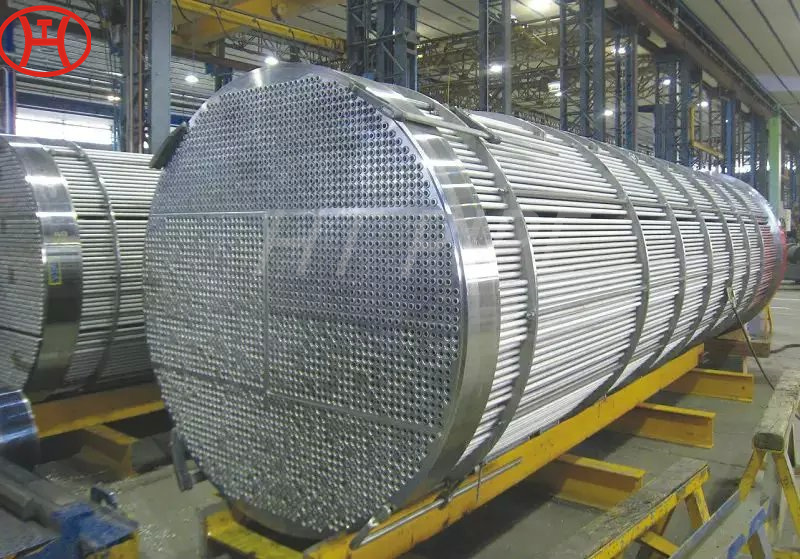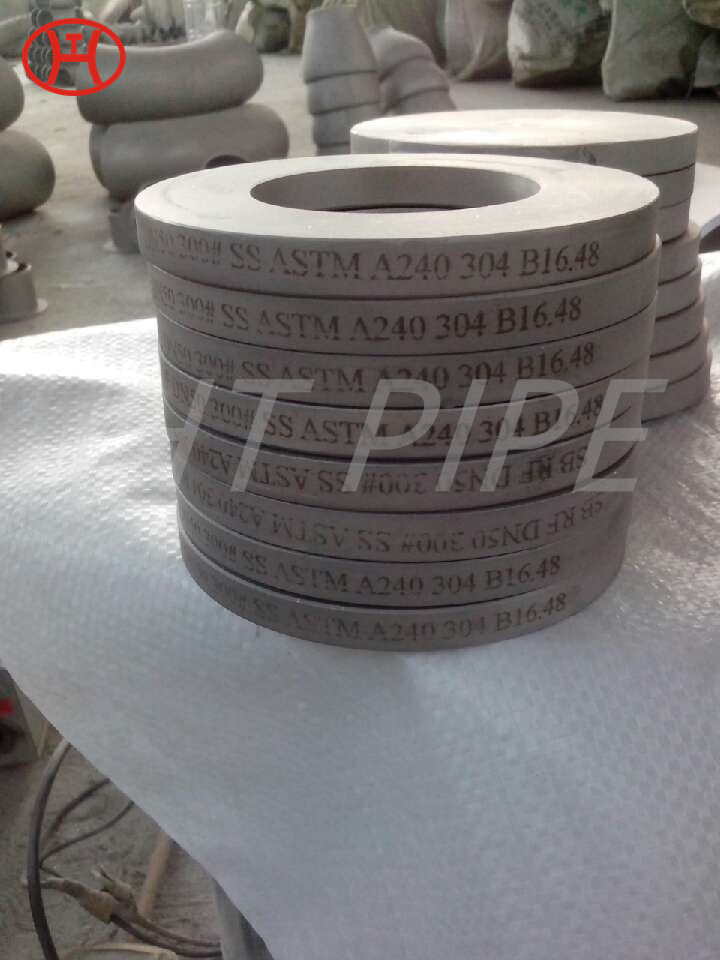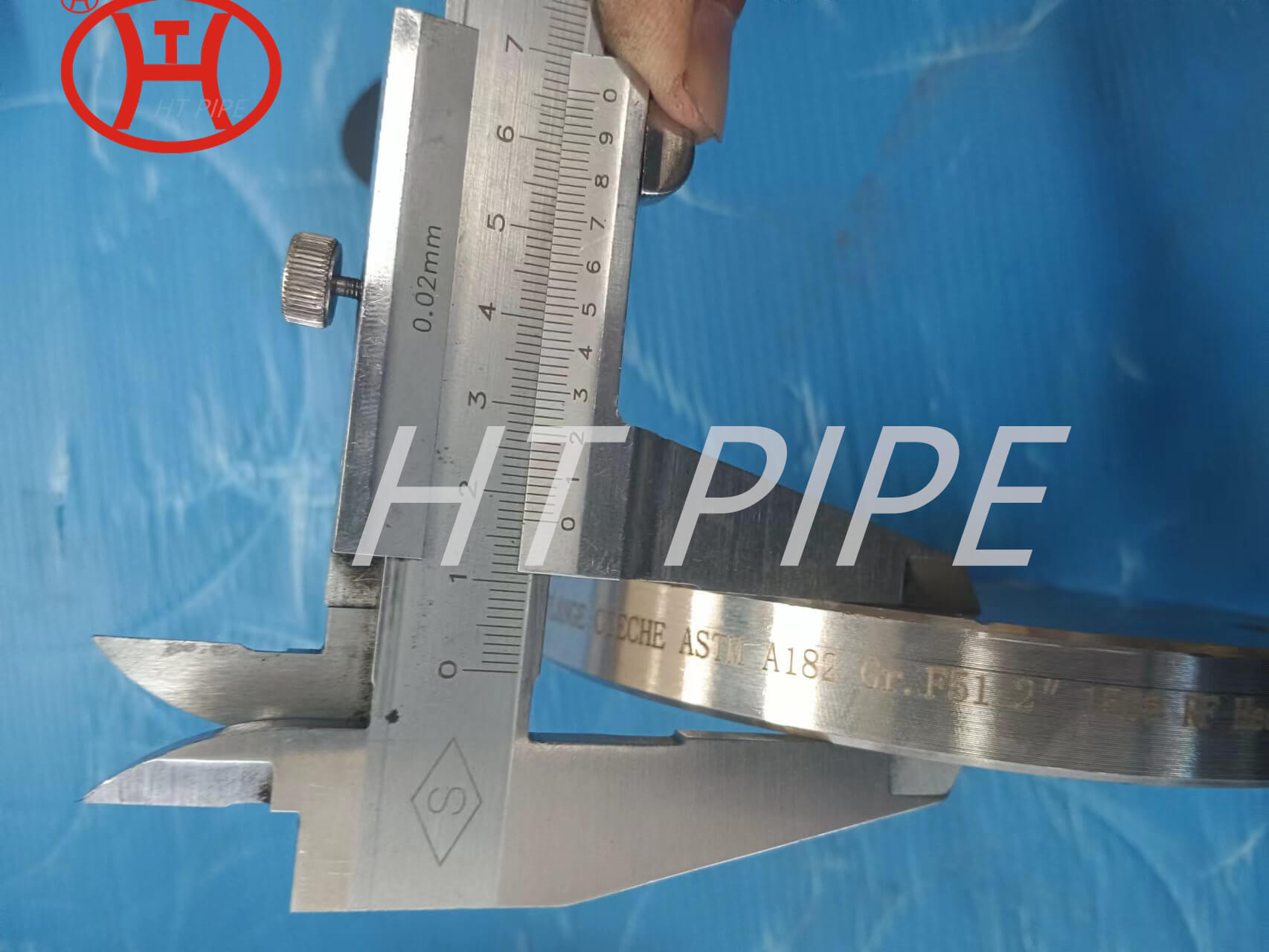Stainless Steel WP321 WP904L ASME B16.9 Reducing Tees
321 stainless steel, also known as UNS S32100 and Grade 321, is primarily comprised of 17% to 19% chromium, 12% nickel, .25% to 1% silicon, 2% maximum manganese, traces of phosphorus and sulfur, 5 x (c + n) .70% titanium, with the balance being iron. With regards to corrosion resistance, 321 Stainless Steel is equivalent to Grade 304 in the annealed condition and is superior if the application involves service in the 797¡ã to 1652¡ã F range. 321 Stainless Steel combines high strength, resistance to scaling and phase stability with resistance to subsequent aqueous corrosion.
UNS S32100 Reducing Tee is preferred due to its ability to work in high pressure and temperature even at a higher temperature.
Stainless Steel 321 / 321H Pipe Fittings are used in filtration, refrigeration, oil, gas, petrochemical and in offshore oil drilling industries. The material has chromium, nickel, titanium and other elements along with carbon. The 321H has higher carbon than the other versions. There are different types of fittings such as the 321/321H Stainless Steel Buttweld Fittings which are most commonly used but there are also the seamless fittings. The Stainless Steel UNS S32100 Pipe Elbow is a fitting type that is used in high temperature applications to change direction of flow.
In order to convey the pipeline, it is necessary to remove the straight hose in the pipeline. When using various pipelines, various pipelines must be used. When the pipeline is used, the elbow must be used to change the size of the pipeline. When bifurcating, the three-way pipe The flange connection used when the joint is used with various pipe joints, in order to reach the long-distance transmission pipeline, in order to reach the thermal expansion and cold contraction joint or effective connection aging of the pipeline, the long-distance expansion and cold contraction joint is used for the connection of the pipeline. , In the connection of various instruments, there are also the connectors and plugs of the instrument phase.









































































































